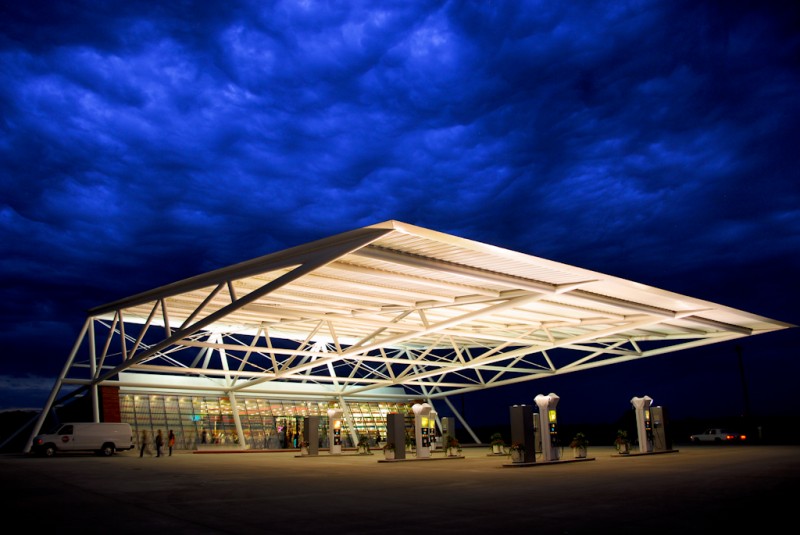Travel photography means different things to different people. For some, it may encompass portrait photography, photo-journalism, landscape photography, architectural photography, and nature photography.
From my perspective, travel photography means “getting by with less equipment” than you would normally take on a photo shoot. When traveling, one often does not have the luxury of waiting for the ideal lighting conditions or weather to change. Furthermore, when I travel to Europe, I take much less equipment than I would take on a photo shoot (such as a wedding or similar event).
So, to me travel photography simply means maximizing the quality of your photos while working with limited equipment and in less than ideal situations.
The real issue in travel photography is maximizing the quality of your photos. Generally, the quality of any photo depends on three factors:
- The quality of your equipment,
- Your skill as a photographer, and
- The lighting conditions.
The quality of your equipment obviously becomes an issue of budget and weight. However, generally more expensive equipment will produce better results. But quality equipment is also heavier. Of course, heavy equipment is a real draw back for traveling. Hence, an ideal travel camera system is often a compromise between quality and weight (see my previous post on travel camera systems).
The lighting conditions are also an issue when traveling. You may not be able to control your schedule or may not be able to be at the right place during the best times. Of course, weather is a huge factor. A local photographer has the opportunity of photographing when the weather conditions are ideal. A traveler does not.
Generally, the best light is within a two hour period of sunset and sunrise (or so I am told). Furthermore, as a general rule, when taking pictures of buildings, you want the sun at your back. Consequently, visit eastward facing buildings and monuments during the morning hours. Similarly, visit westward facing buildings and monuments during the late afternoon hours.
